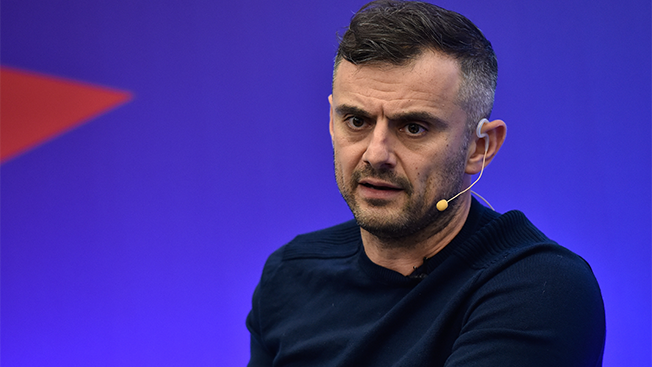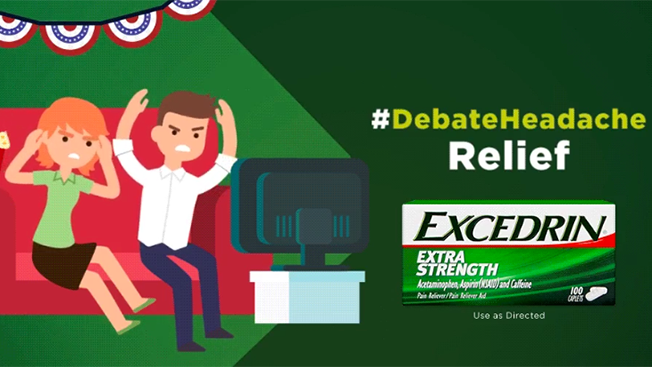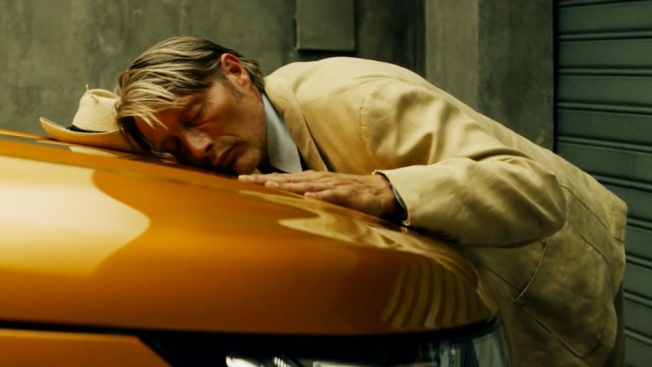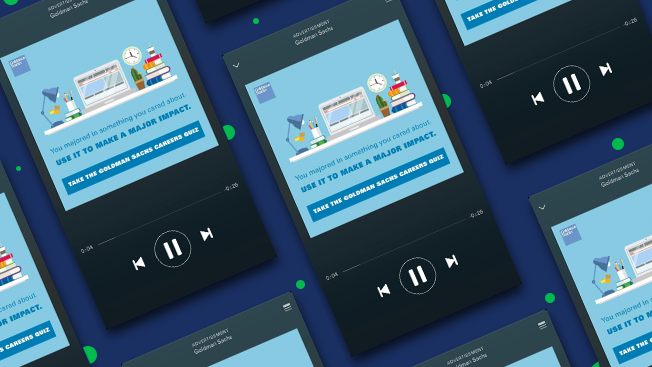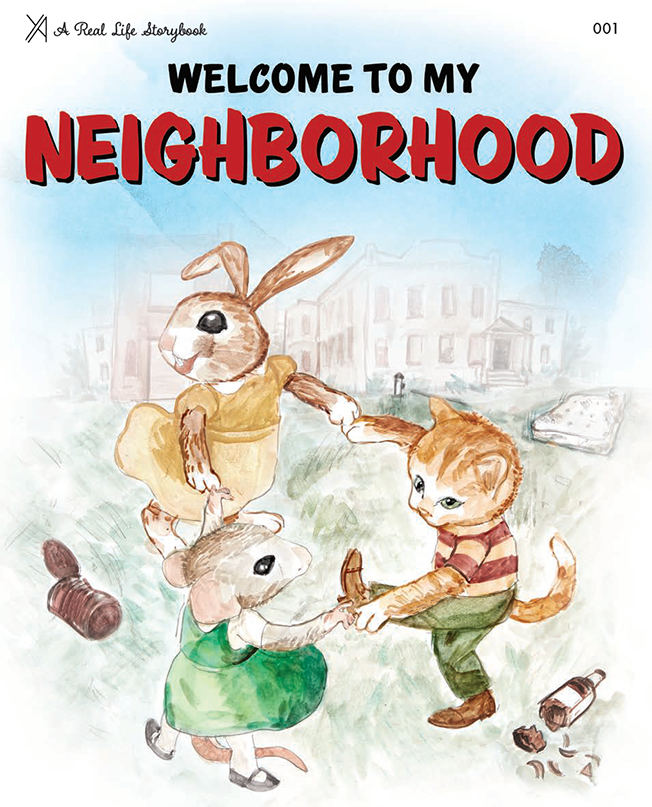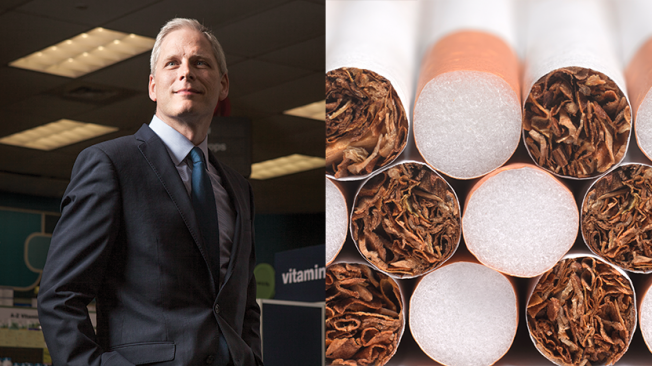![]()
If you've ever wanted to try to climb inside the head of a drug addict willing to shoot up a flesh-rotting, mind-melting opioid, now may be your chance.
A surreal six-minute video from Europe is aiming to battle the use of krokodil—a cheap, easy-to-make heroin alternative infamous for turning the skin of its users into scaly reptilian patches, and their brains into puddles—by imagining the darkest, most self-destructive thoughts of one of the drug's users.
The film, titled "Krokodil Requiem," is a haunting mix of animation and live action, created by directors Romain Demongeot and Sonia Presne and a team of collaborators. Set in a Siberian graveyard, much of its imagery is Russian, drawing on Demongeot's own ancestry, and the country's status as an epicenter for the drug. Mostly, though, the piece is a horrific visual cornucopia, at varying moments engrossing and eyebrow-raising.
The protagonist, a young man high on the drug, goes on an insane trip through a snowy, hellish landscape, battling ghosts and wandering headless into an iron maiden matryoshka doll before bending over to pick up his teeth while he sprouts ridges along his spine. The voiceover, meanwhile, delivers an apocalyptic, suicidal dose of self-loathing, in tortured poetic form, as the protagonist willfully spirals towards his own death.
That macabre inner voice is key to the core concept. Demongeot says that, unlike most anti-drug ads, he wanted the film to approach the problem from an addict's point of view, citing his own history of drug use, in his younger days, as inspiration for the perspective.
Now an experiential art director at Unit9 in London, he started the passion project years ago after seeing a Vice documentary (NSFW) on krokodil, or as it's officially designated, desomorphine. He partnered with Presne, an art director and post-production specialist, as well as composer and sound designer Balthazar Benadon (who shaped an unusual 3-D mix—headphones recommended) and casting director Sébastien Novac.
Together, concurrent with the release of the video, they say they are launching a nonprofit organization called Prévention-Krokodil to raise awareness of the drug.
While the full extent of krokodil use is unknown, 2011 estimates put the number of people injecting the drug in Russia, during its peak there, at between 100,000 and 1 million. Reports of its use in the U.S. have been scattershot, and some doctors have contested them as unconfirmed by lab tests.
Regardless, the consequences of injecting it are severe. Produced by cooking codeine with toxic substances like paint thinner and red phosphorous from the tips of matches, the drug often leads to amputation, and sometimes death. A 2011 story from Time put the life expectancy of addicts at two to three years. The Russian government has since cracked down on the sale of codeine, reducing the drug's hold there.
Questions of timing aside, Demongeot and Presne's film is, in terms of craft, impressive. And it succeeds in being increasingly disturbing as it progresses. Whether it's an effective argument against krokodil is a different question. A bit self-indulgent in its length, and as gorgeous in its wallowing as it is, it does risk romanticizing the same self-destructive impulse it purports to combat.
Even at its worst, it remains fantastical—almost cartoonish—in its style, never quite achieving the realistic, gut-wrenching impact of what's arguably the zenith of moribund anti-drug film messaging, the classic "Don't shoot up" moment in Darren Aronofsky's Requiem for a Dream, when the camera zooms out to find Jared Leto's character lying in a hospital bed, arm amputated nearly to the shoulder due to an infection caused by heroin abuse—a brutal image that shatters any glamorizing effect that story might've possibly had on the drug.
In other words, "Krokodil Requiem" might be a better ad for the skills of Demongeot and his co-creators than a PSA against desomorphine. But it's still an experiment worth watching.
FULL TRANSCRIPT OF VO:
Under this white winter sky, I'll go to find God
My soul is weary, worn out
I'll fly away, abandoning this place
A final farewell to this cruel world
The instrument stings my vein, I bleed
My heart rate slows
Obscene, the krokodil strikes me
With an aphrodisiac death
Be patient
Let the poison seep in
We will ascend to the sky
Covered in scars
As the scent of opium fills me
And my breathing slows down
I see ghosts
My mother and father
My drifting soul wanders
Following the wind
My wandering thoughts
Flutter in infinity
Finally, the stars have begun their gruesome dance
In a moment, I'll ascend to the canopy of heaven
This liberating desomorphine
Eating away at my thin bones
Liberating a man from torture
Sucking on his flesh and on his skin
This soft attack, destroying
My organs and my senses
I bid farewell to existence
Cuts, grazes
Thousands of blades plunging into my body
A gruesome omen
Foreshadowing the end of the world
My skin burns, a heatwave
Sets my lungs on fire
Hands pull at my guts
In the flames, my heart melts
My senses are on fire
My reeking breath, floating back to my nostrils
And as death dances close
I see the abyss
Lunacy takes hold
Of my limbs and my body
Dreadful contortions
My young corpse is twisting
My dislocated limbs are listening to no one but themselves
My skeleton is falling to pieces
My neck shatters, my lips throw up
In agonizing dizziness, my head unscrews itself
My rotten teeth fall to the ground
My rancid skin retracts
The pain disappears
In this final moment
Screams, spasms
Jolts
These shivers
Break my bones
My skull cracks open
From the blows of Death
At last my soul escapes
And the Reaper, delighted, devours me
![]()













 The Sierra Club
The Sierra Club
